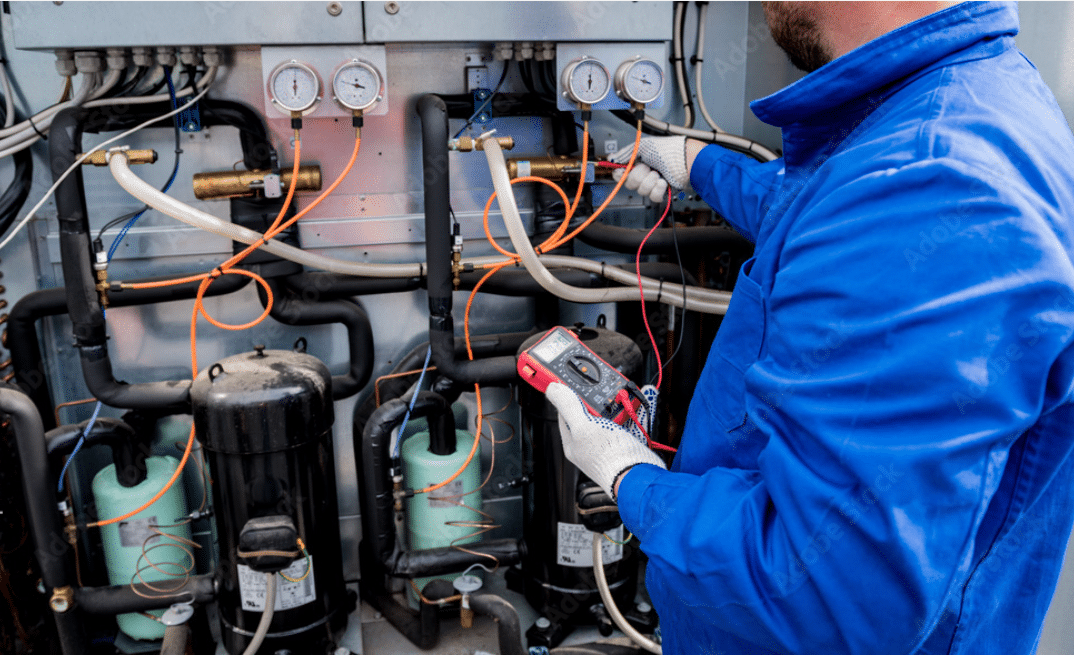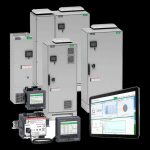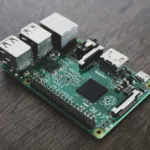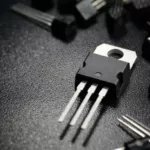
Introduction
Temperature sensors are integral components in maintaining and controlling modern industrial processes, home appliances, and electronic devices. These thermal sensors help regulate temperature, optimise operations, and enhance overall efficiency with robust safety. This solution guide takes an in-depth analysis of the world of temperature sensors, exploring their popular types, potential applications, and considerations for selection.
Understanding Temperature Sensors: Exploring their Importance
Temperature sensors, also called thermal sensors, are devices that detect and measure heat to convert the input data (temperature) into a readable digital or analogue output. These devices consistently monitor and control the temperature in various industrial and other domains. Based on specific applications and environments, several types of thermal sensors detect elevated material properties that change with temperatures. These changes are displayed as temperature readings for further analysis, resulting in the systems’ overall productivity and efficiency.
Most Popular Types of Temperature Sensors: Exploring the Options
There are several temperature sensors types, each using different principles to measure temperature accurately. Some of the most common types include:
- Thermocouples – Thermocouples are among the most common and versatile temperature sensors consisting of metal wires joined at one end. Using the Seebeck effect, these sensors generate a voltage proportional to the temperature difference between the hot and cold junctions. Due to their extremely high and low-temperature operational functionalities, these sensors excel in rugged environments and high-temperature applications.
- Digital Temperature Sensors – These types of thermal sensors have integrated analog-to-digital converters, providing digital output in a standardised format, such as I2C or SPI. They are commonly used in digital electronics and microcontroller-based systems.
- Liquid-in-Glass Thermometers – These traditional thermometers use the expansion of a liquid (usually mercury or alcohol) inside a glass tube with a marked graduated scale. With temperature changes, the liquid inside the tube expands or contracts, causing its level to rise or fall along the scale for temperature reading. They are simple but less accurate than modern electronic sensors.
- RTDs (Resistance Temperature Detectors) – RTDs are designed to detect temperature resistance and are known for their high accuracy and stability. These sensors work on the principle that the electrical resistance of certain materials changes predictably with temperature. Platinum RTDs are particularly popular due to their wide temperature range, making them suitable for laboratory setups, food processing, and HVAC systems.
- Thermistors – Thermistors are semiconductor devices that exhibit a significant change in resistance with temperature. They come in positive temperature coefficient (PTC) and negative temperature coefficient (NTC) thermistors. Thermistors find versatile applications in consumer electronics like thermostats, refrigerators, and medical devices.
- Infrared Temperature Sensors – IR temperature sensors are non-contact sensors designed to measure the infrared radiation emitted by an object to determine its surface temperature. They are extensively employed in industrial processes, such as glass manufacturing and metallurgy, where direct contact is impractical or hazardous.
- IC Temperature Sensors – Integrated circuit (IC) temperature sensors utilise the temperature-dependent properties of semiconductor materials to measure temperature. They provide digital output and are commonly used in computer hardware, smartphones, and automotive applications.
Temperature Sensors: Potential Applications and Considerations
Temperature sensors are must-have devices for processes and environments requiring optimised temperature ranges and regulation. Some of the typical applications of thermal sensors include:
- Industrial Scenarios: Thermocouples and RTDs are preferred for their durability and high-temperature capabilities in manufacturing and processing industries. Digital sensors like IC temperature sensors are valuable for precision control and automation.
- Automotive Industry: Temperature sensors are integral to modern vehicles, ensuring optimal engine performance, emission control, and passenger comfort. Both IC temperature sensors and RTDs find applications in automotive engine management systems.
- Healthcare and Medical Devices: Medical equipment, such as incubators, blood analysers, and MRI machines, relies on temperature sensors to provide optimal patient care. RTDs and thermistors are used in healthcare facilities due to their accuracy and compatibility with medical regulations.
- Energy Management: HVAC systems use temperature sensors to maintain comfortable indoor environments while minimising energy consumption. IC temperature sensors integrated into smart thermostats enable precise temperature control, leading to energy savings.
- Environmental Monitoring: Temperature sensors aid environmental monitoring and data collection from weather stations to agricultural systems. Remote temperature sensing using infrared sensors helps monitor large areas without direct contact.
You May Also Like This : “Different Types of Sensors with their Applications“
Implementing Temperature Sensor Solutions
Thermal sensors’ broad range and versatile functionalities require the proper implementation of several factors. Some of these factors that need to be implemented include:
- Sensor Placement – The location of the sensor matters and should be placed where it can accurately represent the target object or environment’s temperature.
- Interfacing – Choosing an appropriate interface sensor is paramount. RTDs and thermistors might require analogue signal conditioning, while IC temperature sensors communicate digitally using protocols like I2C or SPI.
- Data Processing – Depending on the application, processing the sensor data to obtain meaningful information is required. This could involve converting resistance values to temperature using calibration curves or applying compensation algorithms.
- Calibration and Testing – Regular calibration ensures accurate measurements. Compare sensor readings with a known reference to verify their accuracy. Some sensors, like RTDs, might drift over time, so periodic calibration is essential.
Selecting the Right Temperature Sensor: Factors to Consider
Choosing the suitable temperature sensor for a specific application involves considering multiple factors to ensure accurate and reliable temperature measurements. Some of these factors include:
- Sensor Type
- Temperature Range
- Accuracy and Precision
- Response Time
- Environmental Conditions
- Power Consumption
- Durability and Compatibility
- Output Signal
- Noise Sensitivity
- Budget and Brand.
Final Thoughts
Temperature sensors are indispensable tools across multiple industries and applications, contributing to quality, efficiency, and safety. The diversity of sensor types enables professionals to choose the best-fit solution for their needs. By understanding the characteristics, applications, and other crucial aspects of various thermal sensors, professionals can make informed decisions for enhanced operational precision and efficiency while ensuring consistent and reliable performance.





















